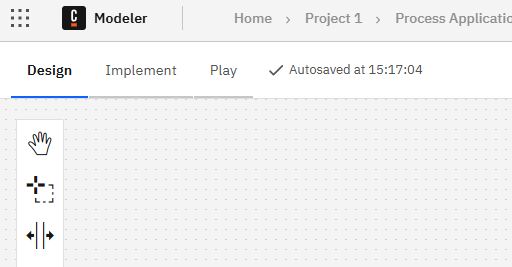Process Management
Every organization runs on processes — the structured sequences of activities that turn inputs into valuable outcomes. Whether it’s developing software, handling customer support, or managing IT services, processes shape how work gets done. But without proper management, even the best-designed processes can break down, causing inefficiencies, wasted resources, and frustrated teams. That’s where process management comes in.
The management of processes is the practice of analyzing, designing, executing, monitoring, and optimizing business processes. It helps organizations stay agile, continuously improving workflows to adapt to changing needs. By understanding how tasks flow, where bottlenecks arise, and how resources are allocated, businesses can streamline operations, boost productivity, and enhance customer satisfaction.
In the following articles, I’ll walk you through the core concepts of process management, why it matters, and how to get started. Let’s dive in!
BPMN, Camunda, Modeling, Process Management
Are you looking for a robust solution to automate and optimize your business processes? Camunda might be the answer you’ve been searching for. In today’s digital landscape, process efficiency is critical, and platforms like Camunda empower organizations to streamline operations effectively.
BPMN, Process Management, Project Management
When I started with BPMN (Business Process Model and Notation), I quickly realized something crucial. Creating process models isn’t just about diagrams and flowcharts. Instead, it’s about clearly defining roles and thinking from the viewer’s perspective. Today, I’ll show you why understanding BPMN roles matters and how they help improve process management in your business.
BPMN, Modeling, Process Management
If you’ve ever struggled with creating process models that everyone understands, you’re not alone. I’ve spent countless hours working with BPMN, and believe me, it wasn’t always fun. But there’s good news! Understanding the syntax and semantics of BPMN can significantly simplify your modeling efforts. What is Process Management? Simply put, process management means clearly



